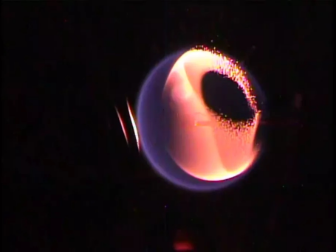NASA has revealed that since 2017, it has ignited more than 1,500 flames on the International Space Station through the Advanced Combustion Experiment in Microgravity (ACME) project, which aims to understand the phenomenon and mechanism of flame burning in space.
It is reported that in the past five years, the ACME project has carried out six types of research. “This knowledge can help designers and engineers on Earth to develop more efficient, less polluting, and safer operations,” Dennis Stocker, ACME project scientist at NASA’s Glenn Research Center, said in a recent statement. furnaces, power plants, boilers and other combustion systems.”
The ACME team primarily conducts ignition experiments remotely from NASA’s Glenn International Space Station Payload Operations Center in Cleveland.
The experiments were carried out in a module of the ISS Combustion Integrated Rack and operated in orbit for a total of four and a half years. In February of this year, NASA withdrew from the ACME program and launched a new Fire Safety Test Solid Fuel Ignition and Extinguishing (SoFIE) program. Stock said the ACME project has contributed more than originally envisaged.
“More than 1,500 flames were lit, more than three times the number originally planned,” Stoke said. “A number of firsts were achieved, most notably in the areas of flame cooling and spherical flames.”
NASA pointed out that the ACME project hardware equipment will return to Earth sometime in 2022 and will be reused for a series of new experiments in the future.
In the past five years, ACME has mainly completed six experiments aimed at testing different aspects of the flame, NASA said. Among them are combustion rate simulation experiments that mainly study how long the experimental material can burn in a capsule without air flow, and spherical flame structure and response experiments that help to predict the structure and dynamics of smokeless and soot flames.




GIPHY App Key not set. Please check settings